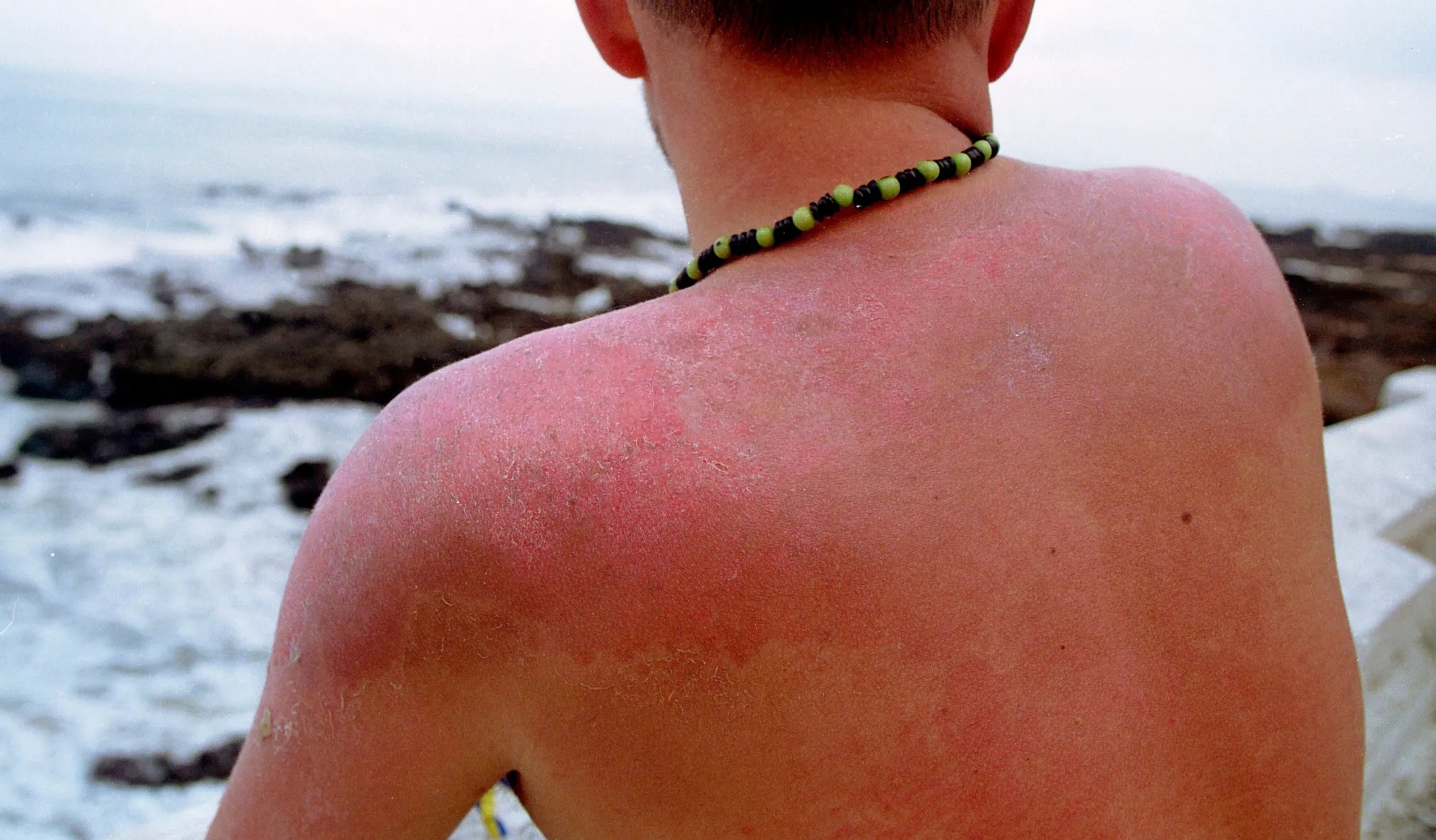While platforms such as TikTok, Instagram, and Facebook can be useful for some things, relying on them for health advice and guidance is seldom wise.
In what may well end up being the hottest year on record, social media influencers, so-called ‘key opinion leaders’ (KOLs) are spreading dangerous misinformation about the sun and sunscreen – and even sunglasses – according to experts in an article recently published by CNN Health. And TikTok seems to be the now-preferred way to distribute such nonsense.
“Stop wearing sunscreen,” advises a TikTok influencer with 1.6 million followers and 36 million likes.
“The more time you spend outside, the less likely you are to get sunburned,” claims a shirtless TikToker with nearly 90,000 followers and over 11 million likes.
“The sun does not cause skin cancer,” insists a TikTok commentator with 76,000 followers in a post bookmarked nearly 4,000 times.
“Cooling down the skin can help prevent sunburns,” asserts another TikToker with over 4 million likes. “When I feel my skin starting to get hot in the sun, I’ll go in the ocean or I’ll go in the pool, and I’ll cool down.”
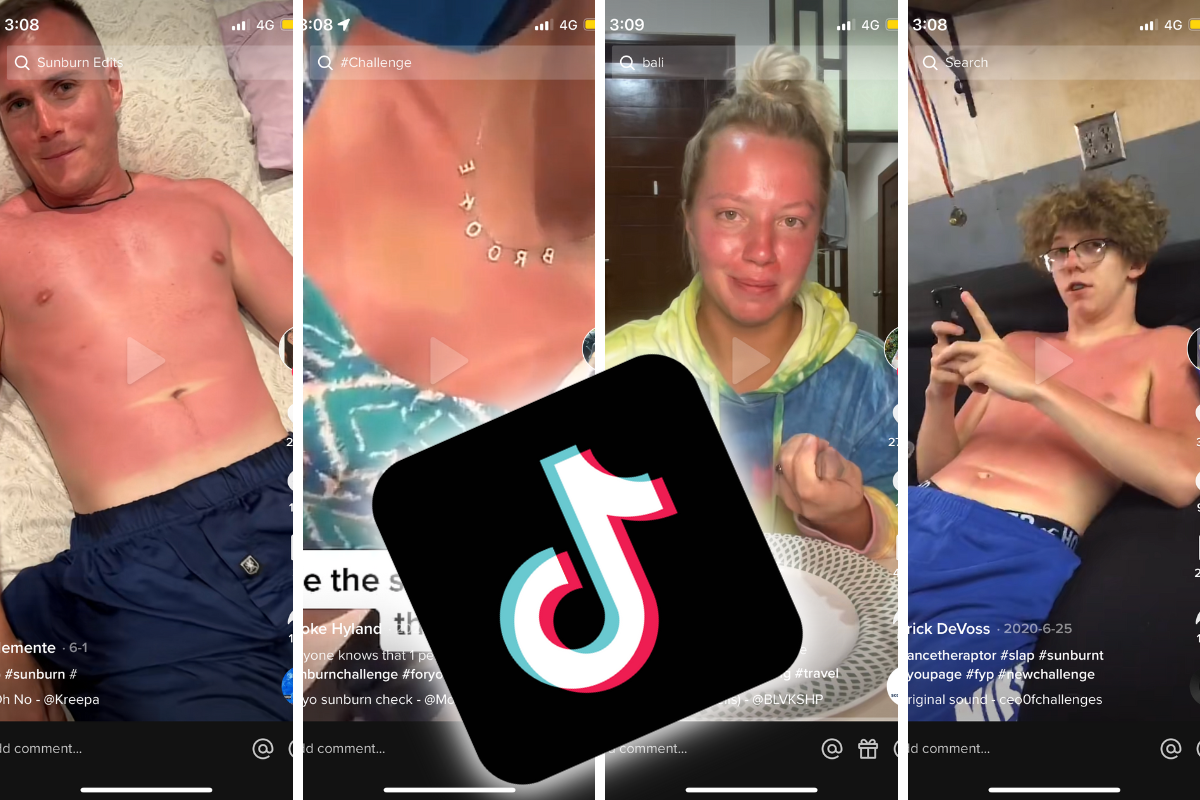
These statements are not just foolish on their face, they contradict decades of scientific research on the dangers of sun exposure and the protective role of sunscreen, experts say. Ultraviolet (UV) radiation is a “proven human carcinogen,” causing squamous cell carcinoma, basal cell carcinoma, and melanoma, according to the Skin Cancer Foundation.
Long-wave ultraviolet A rays (UVA) and short-wave ultraviolet B rays (UVB) penetrate the ozone layer, burning, damaging, and ageing skin even on cloudy days.
“Extensive research has shown that UV radiation from the sun is a significant cause of skin cancers such as melanoma. It’s really indisputable at this point,” said Dr Kathleen Suozzi, a dermatologic surgeon at Yale School of Medicine.
“UV radiation has both UVA and UVB, and we know that both of them damage the DNA in skin cells,” she explained. “These mutations accumulate over time and then lead to skin cancer, which can quickly spread throughout the body, as well as wrinkles, dark spots, and other signs of skin aging.”

LISTEN TO REAL DOCTORS, NOT TIKTOK PERSONALITIES
What should you do? Wearing a hat, sunglasses, and protective clothing – along with sunscreen and staying in the shade during the hottest part of the day – will help protect the skin from sun damage, experts say. Jumping in the water to cool off the skin, however, does not help.
“It’s really the exact opposite,” Suozzi said. “You’ll just lose the sense of heat, so you’ll get a higher exposure to UV without knowing it, and because the water is reflective, you’ll get a double hit of exposure to your face.”
Early sun damage can lead to melanoma years later. Historically, younger generations often fail to adequately protect themselves from the sun, and surveys show that trend continues now among Gen Z young adults.
The US Centers for Disease Control and Prevention found only 8% of men and 26% of women younger than 30 said they always used sunscreen when outside for more than an hour on a sunny day.
“Sunlight isn’t toxic, sunscreen is,” claims an X contributor who says he has a ‘doctorate in tanning without sunscreen.’
While some products do contain controversial chemicals, many do not. Today’s broad-spectrum sunscreens do a much better job at protecting the skin from UVA and UVB rays, said David Andrews, a senior scientist for the Environmental Working Group (EWG), a consumer organisation that advocates for sunscreen safety.
“Mineral-based sunscreens are not absorbed into the skin and are better for the environment,” Andrews said. “There are many good, safe choices on the market that don’t leave a white cast on the skin.”
Unless accelerated by a tanning bed, skin damage can take years, if not decades to develop, experts say, leaving today’s unwary youth at risk for early skin aging and lethal skin cancers such as melanoma.
“Melanoma is the deadliest cancer known to man,” said Dr Kelly Olino, clinical director of the Smilow Melanoma Program at the Yale Cancer Center in New Haven, Connecticut.
“Melanoma is the only type of cancer where, if it is two millimetres in size, we say, ‘Goodness, this is serious,'” she said. “If you had a two-millimetre colon cancer, we’d be having a parade saying, ‘Wow, we got this one really, really early.'”

SUNTANS VS SUNBURNS
While getting a sunburn appears to be a no-no for many social media gurus, they encourage their followers to get a tan. The reasoning goes like this: As UV exposure is increased, a pigment in the skin called melanin darkens. Melanin has protective properties against UV radiation; therefore, tanning should be encouraged.
“Slow exposure to the sun allows you to build melanin and protect skin the natural way,” says a TikToker who has gathered over 3 million likes.
“As long as you have a good tan, you don’t need sunscreen. It’s much better to just quietly, slowly build up a tan during the spring,” said a computer scientist interviewed on X, formerly known as Twitter.
That’s just so completely wrong, according to experts.
“Tanning is the body’s response to being damaged, so tanned skin is already damaged skin, and all you’re doing is creating more and more damage,” Olino said.
“In the best case scenario with your ‘base tan’ or sun-damaged skin, the melanin that’s produced gives you an SPF of 2 to 4 or so, and we would never tell people that anything less than 30 SPF would be protective from additional sun damage,” she said.
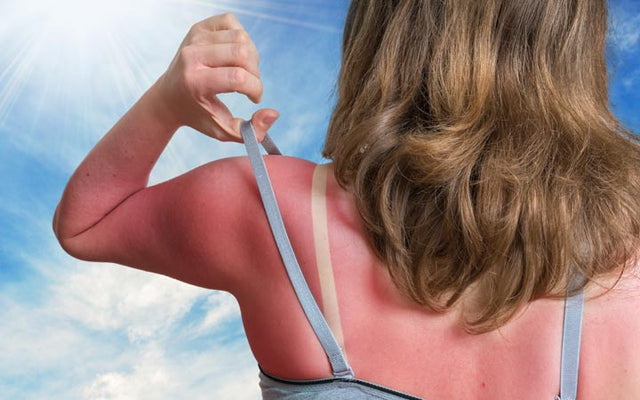
In fact, a sunburn is much more than a red flag for a little sun damage. It’s a sign of actual cell death, Suozzi explained.
“We see this under the microscope,” she said. “We call them sunburnt cells, and you can see them actually dying. And when they die, the body creates inflammation, and that’s what causes the redness. It’s a very inflammatory process.”
When it comes to vitamin D, 15 minutes of sun on the skin each day is all that is needed, said Andrews, and the skin does not need to be free of sunscreen for that to happen.
“Vitamin D can still be generated when you’re wearing sunscreen,” Andrews said. “You can actually still have that beneficial sun exposure while you’re wearing a sunscreen that’s reducing the risk of sunburn and preventing overexposure to the sun.”
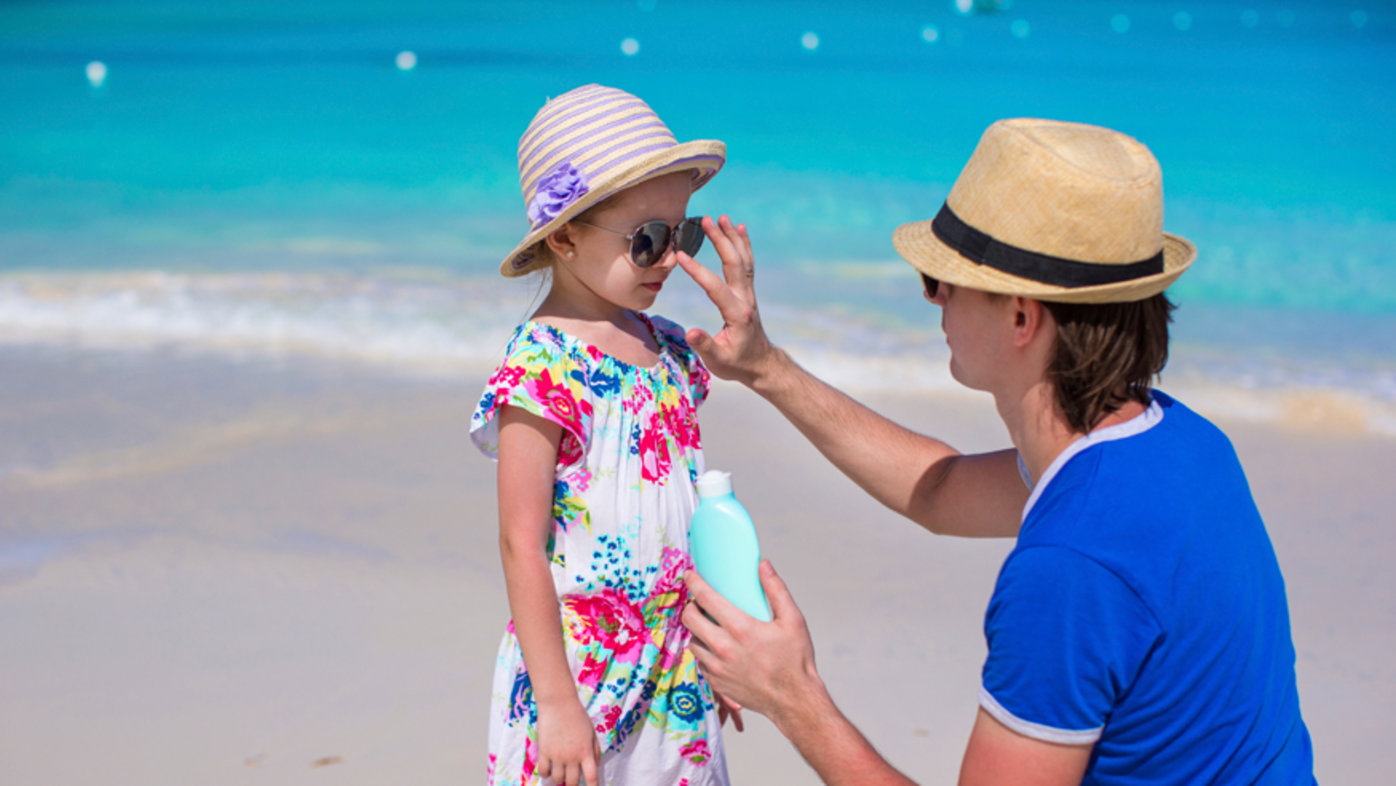
A LITTLE BIT OF TRUTH AND A WHOLE LOT OF RUBBISH
Social media pundits often espouse ideas that distort a grain of truth, such as pointing to data that shows a simultaneous rise in sunscreen use and new melanoma diagnoses.
“Since sunscreen came out, the rise of skin cancer has only gone up and up,” says one TikTok influencer.
“If you think sunscreen is protecting you from melanoma, why is the rate going up?” asks the computer scientist in her TikTok interview.
It is true that the rate of melanoma cases has been rising, but that’s not due to sunscreen, Suozzi said. Instead, credit should be given to dermatologists, who are detecting skin cancers better and at earlier stages – and saving lives. That’s a good thing.
“Due to better screening, we are detecting melanomas at earlier stages, which leads to higher reported incidence rates,” she said. “In addition, the sun exposure that’s causing the increase in melanomas today occurred 40 or 50 years ago, when people were in their 20s and unlikely to use sunscreen. So the driving force is exposure years and years ago, not the increased use of sunscreen today.”
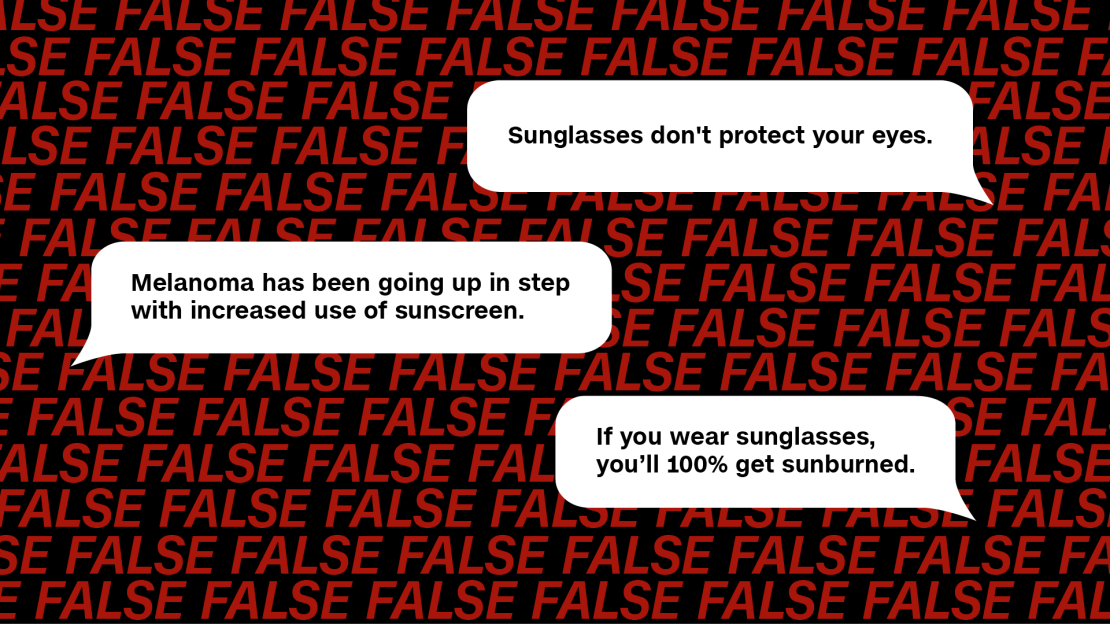
Sunglasses are another target. As one TikTok influencer told his friend: “You’re more likely to get sunburned if you wear sunglasses.”
“Our eyes can sense the sun… and when it’s harsh lighting, our eyes tell us to produce melanin in our skin,” he explained. “If our eyes can’t realise that the sun is that harsh because we’re wearing a lens over top, it’s gonna burn your skin.”
So if people go out into the sun with sunglasses on, “you can burn a lot easier because your brain didn’t get the message that the sun’s hot,” another said.
If your brain is now sending the message that that advice sounds idiotic, congratulations, because it is.
While the eyes do contain melanin – that’s what determines our eye colour – the vast majority of the body’s pigmentation is produced by cells in the skin, which is the largest organ of the body. Ultraviolet light penetrates deep into the lower layer of the epidermis to trigger the process.
“The videos seem to imply that if you weren’t wearing sunglasses, you’d also get tanned under your clothes, which we absolutely know doesn’t happen,” EWG’s Andrews said.
“It made me laugh and cry. It’s frightening, and I know those videos have thousands of views, which is shocking, because the message is so separated from reality,” he said, adding, “If these falsehoods are only influencing a few people, that’s still a few too many.”
HOW TO SELECT A GOOD SUNSCREEN
The American Academy of Dermatology (AAD) tells us that three factors should be considered when deciding on a good sunscreen.
1. SPF 30 or higher
The key factor to determine a good sunscreen among the other sunscreens is the high SPF. SPF is the Sun Protection Factor which offers extra defence against UV radiation. It is recommended to use a sunscreen that offers 30 and above SPF.
2. Broad-spectrum protection
Another point is Broad Spectrum, which means the sunscreen can protect the skin against Ultraviolet A and B rays which are both causes of cancer.
3. Water resistance
It’s recommended to check if the sunscreen is water resistant. There are no waterproof sunscreens. Sunscreen needs to be reapplied after exposure to water. Also, wait for 10-15 minutes for it to settle, before you go into water. Read here to understand the right way to apply sunscreen.
Reporting from CNN Health, Vox Media, and Healthshots contributed to this article.
CNN Health recently also published an article naming its picks for the best sunscreens of 2024.
"ExpatGo welcomes and encourages comments, input, and divergent opinions. However, we kindly request that you use suitable language in your comments, and refrain from any sort of personal attack, hate speech, or disparaging rhetoric. Comments not in line with this are subject to removal from the site. "


